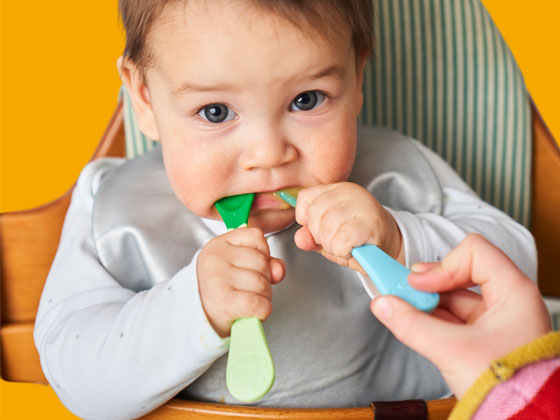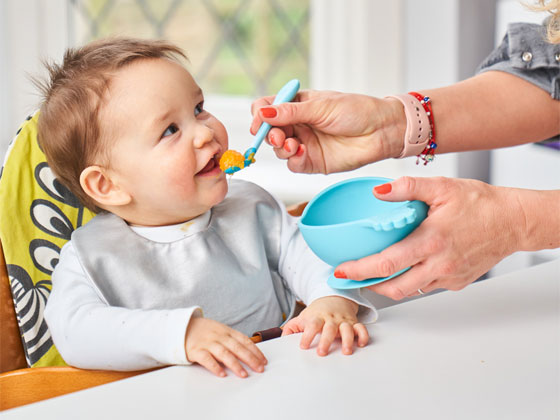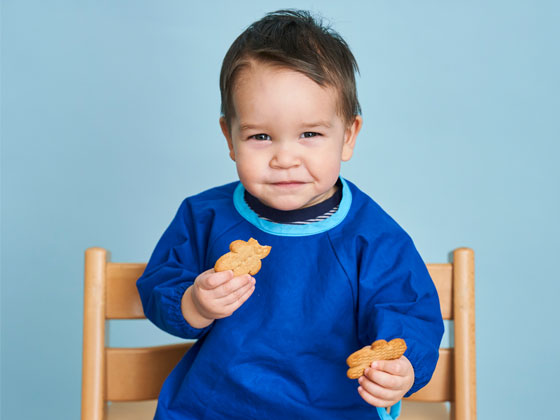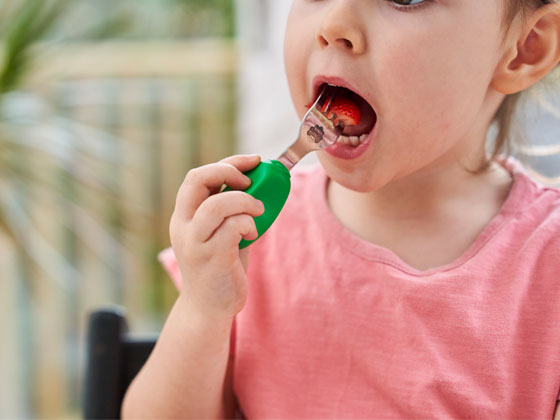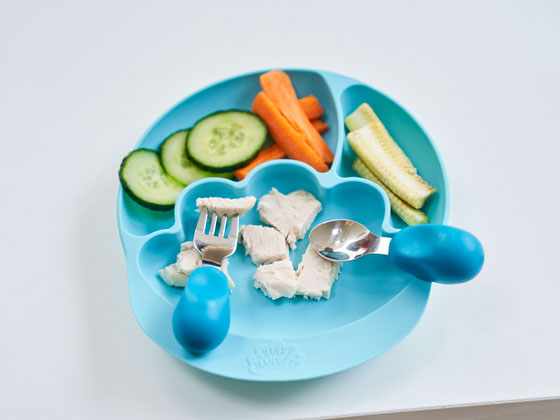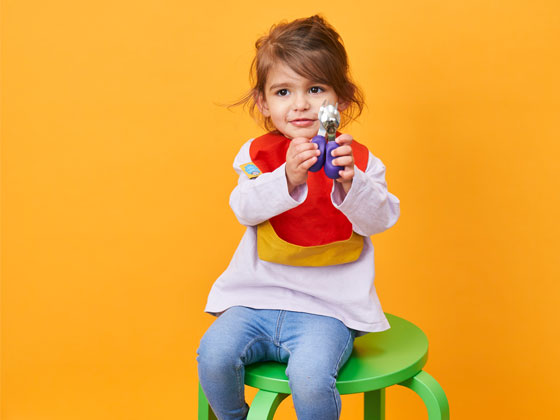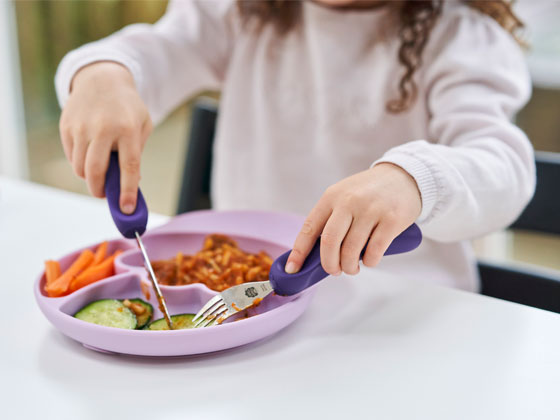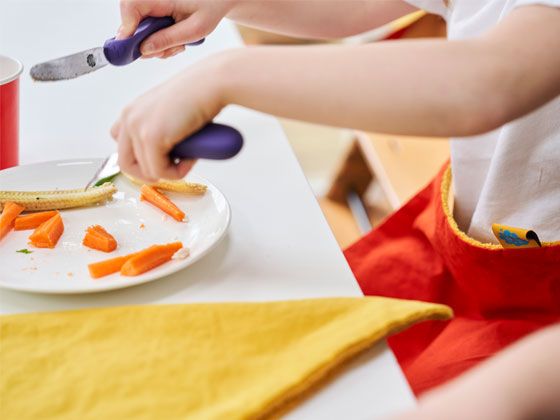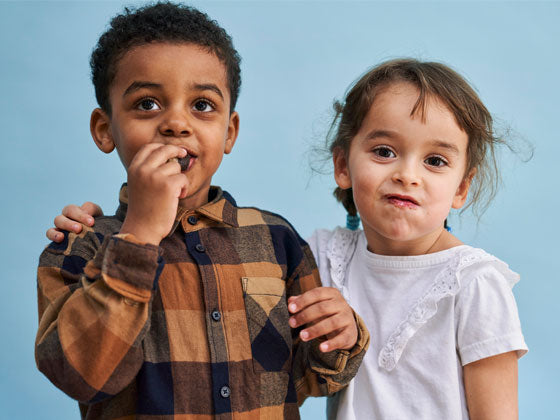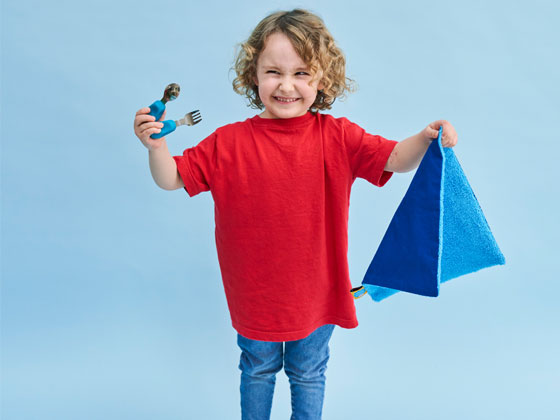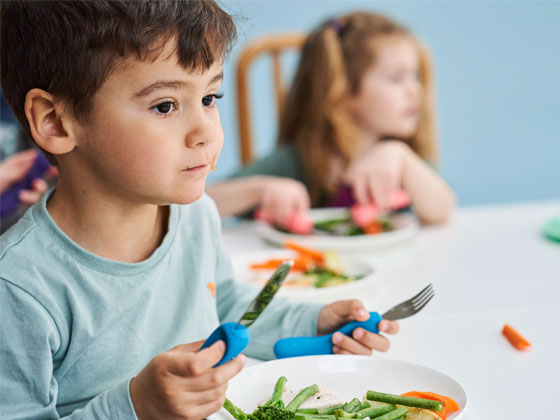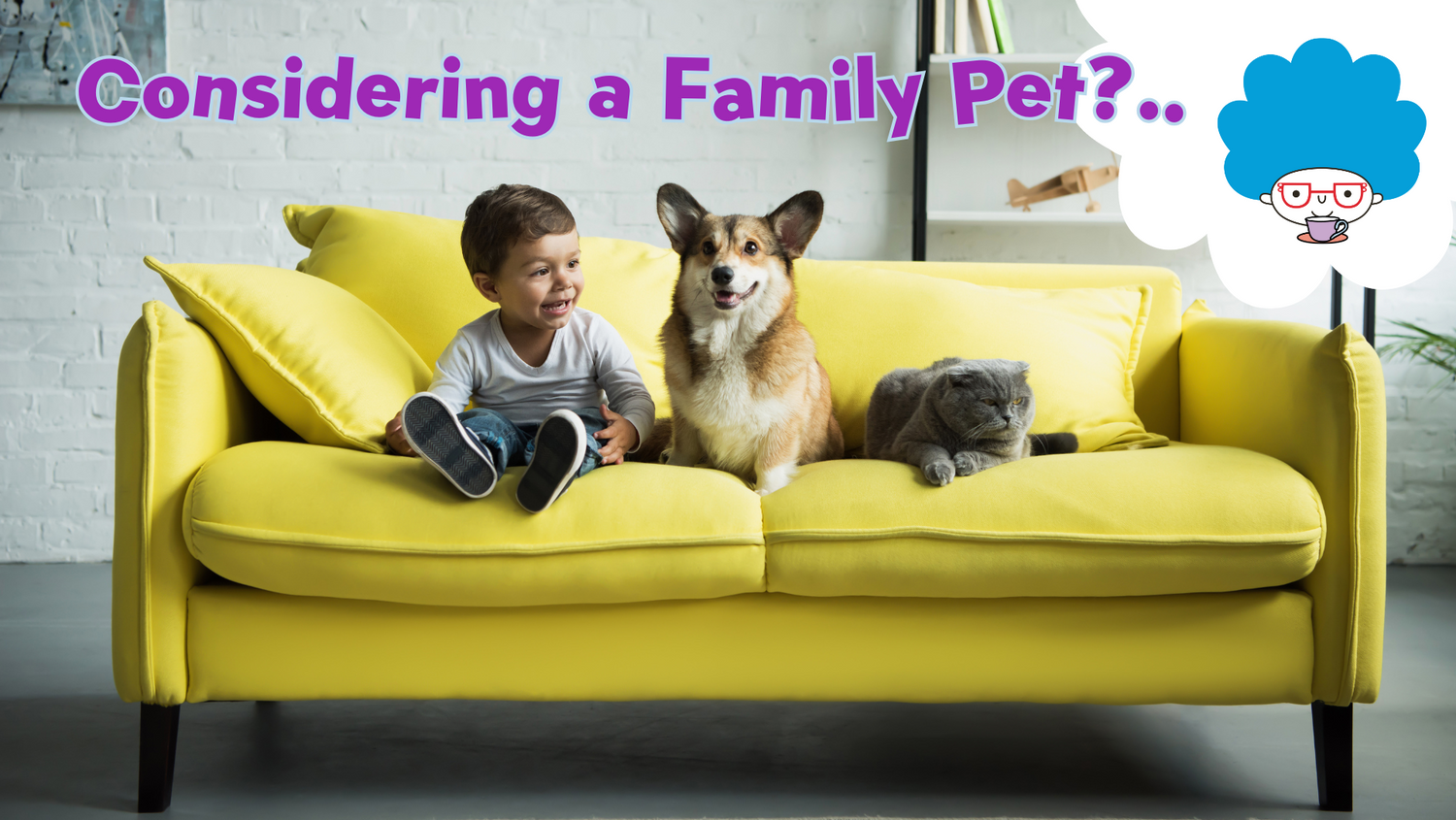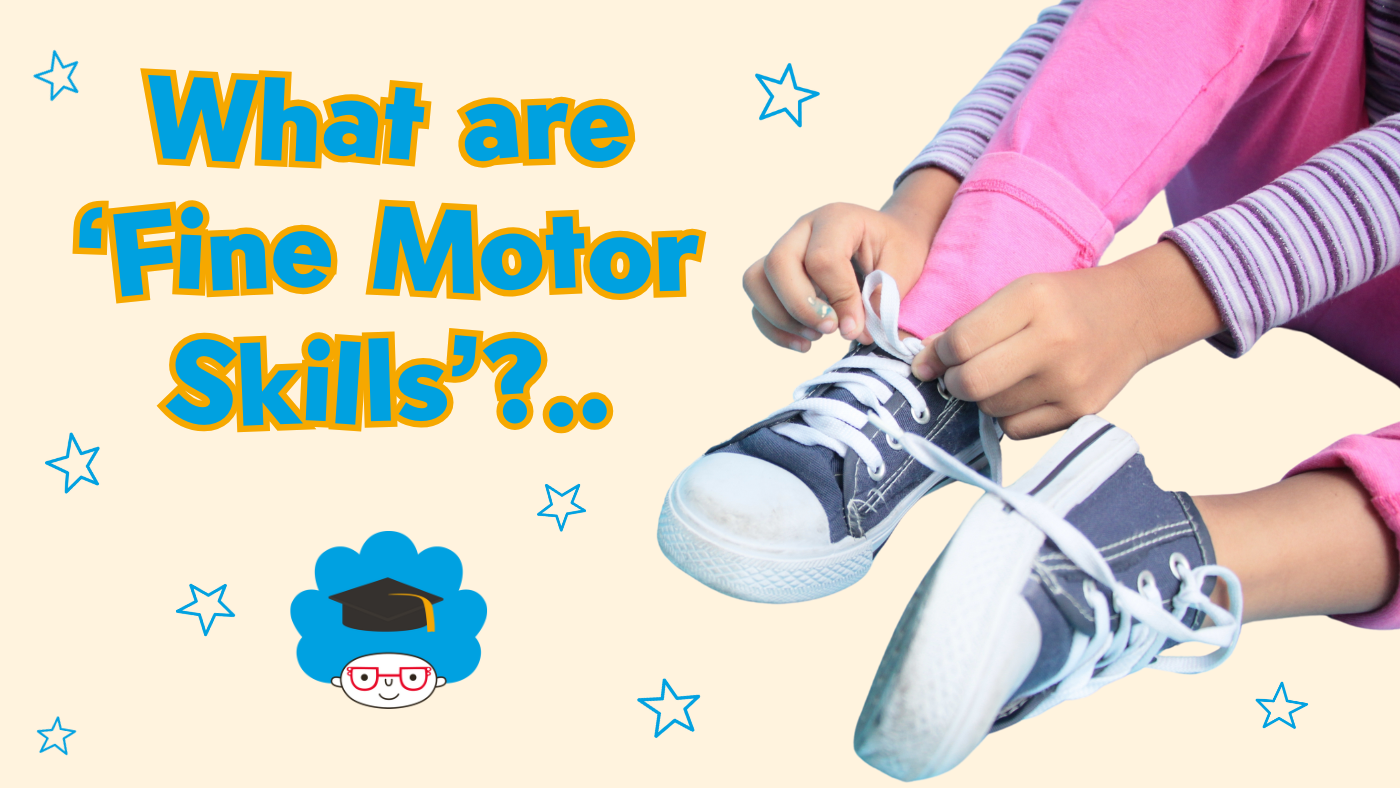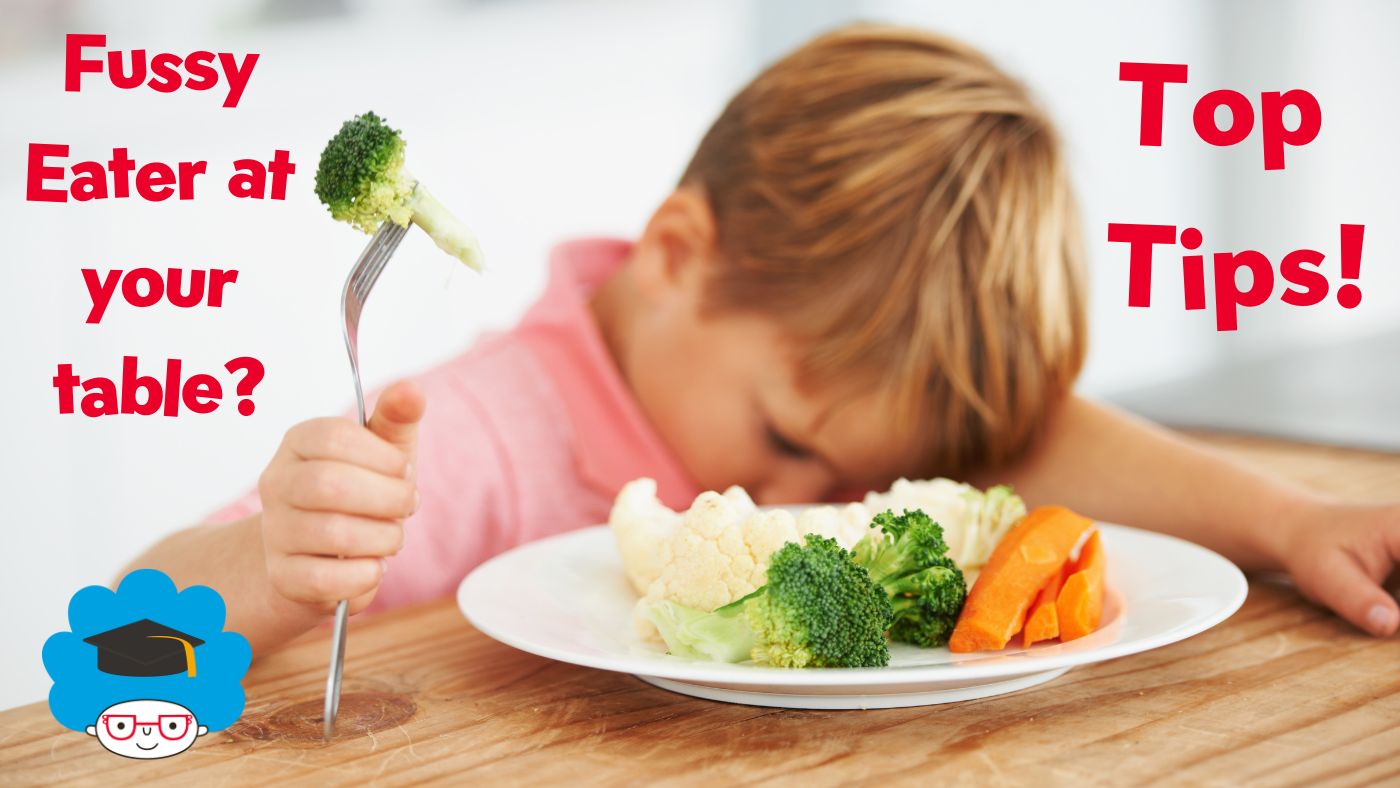If you have young children, it's likely the conversation around having a family pet will come up sooner or later.
After months of thinking, researching, family discussions and a few – OK - a LOT of “pleases?!” we welcomed our family pet shortly before Christmas last year. We decided on a Himalayan Dwarf rabbit – we ended up with a Himalayan Dwarf crossed with a Netherland Dwarf, and he’s one of the best decisions we’ve made. He’s a house rabbit, and he’s definitely added a lot of love to our household.

A house rabbit suits our family, where we all are in our lives right now, and will be for the next few years. I’ve never had a rabbit before so did a lot of research, was anxious about the decision and we ended up doing a 10 hour round trip to collect our new family member! But it was worth every “Are we nearly there yet?!” moment.
Most kids love pets – or certainly the idea of having one. When most people think about pets, they imagine wagging tails, soft fur, or even the soothing sound of a cat’s purring. But for young children, pets can be so much more than just cute companions. From teaching responsibility to providing emotional support, the presence of a pet in a child’s life can have profound and lasting benefits. But this doesn’t come without responsibility of course, so here are some pros, cons, thoughts and considerations we've put together around choosing that family pet when you have young children.
A Pawsitive Impact!
We were inspired by the many positive impact of pets with young children:
1. Fostering Emotional Development
Pets can help children develop empathy and emotional intelligence. By caring for an animal, kids learn to recognise and respond to the feelings of others. For example, when a child notices their pet is hungry, scared, or happy, they start to make connections between behaviour and emotions—an important skill for forming healthy relationships with other people as they grow.
Additionally, the unconditional love a pet provides offers comfort during tough times. Whether it's after a bad day at nursery / school or a conflict with a friend, pets are non-judgmental listeners. Their companionship can help children feel supported and less alone. This applies for us adults too.

2. Teaching Responsibility and Routine
Caring for a pet comes with a lot of responsibility. From feeding and grooming to walking and cleaning up after them, pets require attention every day. This responsibility can be especially beneficial for children as it teaches the importance of routine and consistency. Young children may begin to help with tasks like filling a water bowl, feeding, or even brushing their pet, which fosters a sense of duty.
These chores also introduce the concept of cause and effect: "If I take care of my pet, my pet will be healthy and happy." This simple but crucial lesson in accountability is an important building block for other aspects of life, whether it’s doing homework, tidying up their room, or caring for their own well-being.
3. Boosting Social Skills
For many young children, a pet can serve as a social bridge. Pets help kids connect with others, whether it’s through interactions at the park, playdates with friends, or simply talking about their furry friend with classmates. Pets can be great icebreakers for shy or introverted children, encouraging them to start conversations or share stories with others.
In fact, children who have pets can often be seen to be more empathetic and outgoing because they practice patience, communication, and collaboration through their bond with animals. Having a pet can also increase a child’s confidence and self-esteem, as they learn they can be trusted with a living being’s care.
They also provide a common interest for children that may be at different stages / ages. Our teenage son and 6 year old daughter have shared some lovely experiences together with our bunny, whilst they otherwise enjoy doing very different activities due to their ages.
4. Promoting Physical Activity
Pets, especially dogs, are a great way to get kids moving! Taking a dog for a walk, playing fetch, or running around in the garden or park encourages physical activity and can help children stay fit. This is particularly important in a world where screen time often takes precedence. Not only do children benefit from physical activity, but regular outdoor play is also great for their mental health, promoting relaxation and reducing stress.
The active nature of caring for a pet instils habits that can last a lifetime, making it easier for kids to embrace an active lifestyle and understand the benefits of regular exercise.
We’ve found our bunny actually promotes healthy eating in our little one too! Prepping and feeding him raw fruit & veg – we now make two bowls, one for our daughter to eat and one for him! We've had conversations around the types of food that he can and can't eat, the reasons why, and this has lead to conversations about healthier eating for us too.

5. Building Confidence and a Sense of Achievement
When children care for a pet, they often experience a sense of accomplishment. Whether it’s successfully teaching a dog a new trick, taking care of a hamster, or watching a kitten grow and thrive, pets can provide a tangible sense of success. These little victories help build confidence, teaching kids that they are capable of doing things independently.
Moreover, pets can also help children build resilience. Caring for an animal sometimes means dealing with sickness, accidents, or even the death of a pet. Learning how to handle these difficult situations—while supported by loving adults—can equip children with emotional strength for future challenges.
6. Reducing Stress and Anxiety
In today’s world, stress can affect even young children. Pets can play an important role in helping to alleviate stress and reduce feelings of anxiety. Studies have shown that petting animals can trigger the release of oxytocin, a hormone associated with relaxation and bonding. Just spending time with a pet can have a calming effect, offering children a moment of tranquillity in their busy, sometimes overwhelming world.
Pets can also provide comfort during anxious moments, whether it’s before a new experience, expectations at school or during a difficult transition like moving to a new house. The steady presence of a pet can offer emotional stability in times of change.

7. Learning about Life and Loss
Pets also provide an important opportunity for children to learn about life cycles, including birth, growth, aging, and loss. These are concepts that can be hard to grasp, but pets offer a natural way to introduce these topics in a gentle manner. Through the death of a pet, children learn about grief and mourning in a way that is both real and manageable, which can help them process their feelings more effectively in the future.
8. Improving Communication Skills
Pets help children develop strong communication skills, even before they’re able to speak clearly. Babies and toddlers often babble and use gestures when interacting with pets - and pets often understand them in return! As children grow, they may develop a special way of talking to their pets, whether it’s giving commands to a dog or simply chatting with a cat or rabbit. This kind of interaction helps children practice language skills in a comfortable, non-judgmental environment.
9. Surprising Educational Benefits
Involve your child in learning and preparing for the pet. You can read information about your chosen animal together, appropriately for their age. Having a pet can certainly help to get them off that tablet! You can teach them how to use it to find informative sources they can learn from and use in context of preparing and caring for their pet. Children also enjoy books that include their pet as they can relate to the story and the characters in them. Our daughter reads her school reading books to our rabbit – she even teaches him her spellings on her whiteboard – he’s doing well in case you’re wondering! ; ) He's yet to fill out her reading record though...

Pets bring more than just joy and cuddles into a child’s life - they teach valuable lessons about empathy, responsibility, and emotional well-being. Whether it’s a playful puppy, a cuddly kitten, or even a small hamster, the bond between a child and their pet can create memories and life skills that last far beyond childhood.
So, if you’re considering adding a pet to your family, keep in mind that the rewards go beyond companionship. A pet can play an integral role in your child’s development, helping them grow into kind, responsible, and confident individuals. A pet isn’t just a furry friend; they’re a lifelong teacher with lessons you’ll cherish forever.

But which Pet to Choose?..
When choosing a pet for young children, it’s important to consider factors like the animal’s temperament, care needs, and how safe they are around little ones. The age of your child is a big factor here. Here are a few pet options and some factors to consider:
Dogs (particularly breeds known for being good with kids)
Dogs can be wonderful companions for children. Some breeds, like Labradors, Golden Retrievers, Poodle-crosses and Beagles, are known for being patient, gentle, and friendly with kids. However, dogs require a lot of care, exercise, and attention, so it’s best to ensure your family (especially you) have time for their needs. Rescue dogs are often not suitable for families with children, as their history may be unknown.
Cats
Cats can also be good for children, especially if you get one that’s used to being around kids. Cats tend to be more independent than dogs but still offer companionship. However, you should make sure your child knows how to gently handle a cat, as some cats may not be as tolerant of rough handling. Temperaments of cats can vary greatly so researching and looking for a reputable breeder is very important.
Guinea Pigs
Guinea pigs are gentle, easy to handle, and can be a great choice for younger kids. They’re small, low-maintenance pets that don’t require too much space. Just make sure your child is old enough to handle them carefully and follow proper hygiene practices. They need an enclosure with space so consider where you plan to put this. Some people can be put off by their smell and regularly cleaning is important.
Fish
A fish tank can be a fascinating and calming addition to a child’s room. Fish are low-maintenance compared to other pets, but they still require care, like feeding, monitoring and cleaning the tank. Kids can get involved with the responsibility of maintaining the tank and feeding them. No strokes or cuddles, but they are still relaxing to watch.
Rabbits
Rabbits can be sweet and friendly, and they’re relatively low-maintenance if housed in a safe, appropriate space. However, they do require regular grooming and can be a little more delicate, so they’re better for kids who are a bit older and can handle them with care. Rabbits can live outside (you’ll need a secure hutch and outdoor run, especially if you have foxes around), or be a house rabbit like ours. They can be litter trained easily for indoor spaces. Researching breeds and breeders is so important - we've heard very different experiences from different people. Consider a breed's temperament, size, sex (pros & cons for male/female) and ensure they come from a good breeder.
Hamsters/Other Small Rodents
Hamsters, gerbils, rats and mice are small and relatively easy to care for. They can be fun for kids to watch and interact with, though they’re typically more for older children who can handle them with gentleness. These pets are low-maintenance but short-lived.
Bearded Dragons
These can be a good option for children as they are relatively low maintenance once their habit is set up properly. No issues with fur, easy to hold - they generally move slowly. They do eat live insects though so you need to ensure you have a regular supply of these (and no issues dispensing them!)
Other Important Considerations
Choosing a pet for a young child can be a fun but important decision! It's key to pick an animal that matches the child’s age, energy level, and ability to help care for the pet. Here are some other considerations to have:
- Consider the Child’s Age

Toddlers (2-4 years old): Kids this age might not be ready to actively care for a pet but can still enjoy watching and interacting with a low-maintenance animal like a fish or a hamster, perfect if you have your hands too full for something that requires more work on your part. If you are considering a small rodent, consider the size and speed at which they move! Dwarf hamsters, for example, are not robust enough for small heavy-handed hands! A lot of parents may shudder, but I’ve seen rats make much better pets due to their size and social temperaments – as the adult, you just have to get over that naked tail!

Early School Age (5-7 years old): At this stage, children may be ready to take on some basic responsibilities like feeding or supervised cleaning, so a pet like a guinea pig or a rabbit might be a good fit. I didn’t even know about the concept of a ‘house rabbit’ until more recently – have a good look at all the options.

Older Children (8+ years old): Older kids are often ready to take on more responsibility, and pets requiring more care like dogs or cats can be a good fit, depending on your family’s ability to care for them.
2. Temperament of the Pet
You’ll obviously want to choose a pet with a gentle and calm temperament that will be good with kids. Certain animals, such as guinea pigs, rabbits, cats, and well-trained dogs (of certain breeds) are known to be good options for young children. This is a great place to start researching, but not to finish.
Remember – every animal is different. This is where it’s important not just to go for any certain pet or breed having read they are ‘good with kids’ (or because they look cute). The best way to know the likely personality an animal will have is to know it’s background and it’s parents if possible. Don’t be afraid to ask to spend some time with the animal before making your choice – a good breeder will understand and be keen to make sure their animal goes to a good home.
4. Time Commitment
Fish and reptiles such as a bearded dragon can be good for children who are just starting to learn about pet care. They don't require as much direct interaction, but they do need regular maintenance (like tank cleaning and water changing). There’s also a cost involved with their habitats.
Dogs and cats need more daily attention, including walks, feeding, and playtime. Ensure that everyone in the family is on board with the commitment - especially the person it's likely to fall on (you?..)
5. Health and Safety
Consider any allergies or potential health concerns. Some families may have allergies to pet fur or other sensitivities, such as hay. Different breeds of the same animal may play a factor here - for example it's possible to react to one type of dog's fur, but not to another.
Fish and reptiles can be easier for families with allergies since they don't shed fur or have habitats that can cause common allergies.
Hygiene around pets is important and this offers a great teaching opportunity. Washing hands before and after handling animals is obviously important for both your child and your pet's safety. Ensuring your pet is clean and healthy is something children can join in with (age appropriately) - including cleaning up after animals. Have discussions around letting dogs lick your face - we had to have this conversation around our rabbit as he likes to 'groom' us - never knew this was a thing with rabbits until we got one! We decided eyebrows yes, lips no! Some animals can transfer illnesses to humans - check online for risks around your choice of pet.

6. Pet Lifespan
Some pets, like fish, hamsters, and guinea pigs, have shorter lifespans, which might be easier to manage for younger kids who may not be ready for the long-term commitment of a pet like a dog or a parrot.
The downside of the shorter lifespan is the loss you child may still have to experience when they are still quite young, but this can become an important talking point around a real life issue.
7. Interaction Level
Think about how much the child will be able to interact with the pet. For example, a dog or cat might be good for kids who love physical affection, while a fish or lizard might be better for children who prefer a more hands-off approach.
Remember, young children must always be supervised with any pet.
8. Budget
Ensure you have the time and financial resources for the upkeep of the pet, including food, necessary grooming, veterinary care, toys, and other supplies. Some pets require annual vaccines - check the costs involved.
Pet insurance is a must in our opinion. Even small animals can develop conditions with big vet bills. Our rabbit insurance is around £15 per month – well worth it for peace of mind. When choosing pet insurance, check the small print and what it does or doesn’t cover. Common conditions may not be covered in some policies or in certain breeds. Necessary vaccines are not covered from what we saw. Another important factor is whether the policy pays for the treatment, or whether you have to pay yourself, then claim back the cost. Choose the best overall option for your household budget.
9. Avoid eBay
Joke – we know you can’t buy animals on eBay but you get the gist! Find the right breeder, not for pedigree, but for all the factors that are far more important for a family pet; temperament, disposition with children, knowing the history of the animal (no one wants to face the upset of a sick pet with young children). You want to know they’ve been handled from a young age so are comfortable with people.
9. House-proud?
Pretty much every animal will create some sort of mess or smell. Decide what you're willing to 'let go' and be realistic about your expectations around this.

10. Safety
It's your responsibility to keep both your child and your pet safe.
Never leave a very young child alone with a family pet. Fish tanks and cages can tip over. Most animals can bite. Young children may see the pet as more of a toy than a living creature and may unintentionally provoke the animal to bite or scratch. Very young children should always be closely supervised when they are with family pets.
Model and teach mutual respect. Make sure your child knows to treat any animal the way they would want to be treated. That means no teasing, bullying, ‘hyping up’ or mean behaviour. Children need to understand that these rules are non-negotiable.
Teach your child how to properly greet an unknown pet. They’re likely to meet dogs and cats whilst out and about, but this applies to all unknown pets they may come across. First rule – they must always get the owner's permission. Lead by example. Before greeting an animal, stand still while they sniff you, then calmly extend your hand to be sniffed, only then if the animal seems comfortable stroke it gently on the shoulder or back, not the head or tail. Teach your child the signs that an animal does not want to be petted, such as a stiff body and tail, barking / growling, an arched back and backing away.
Children need to be taught how to safely walk a dog. Older children, confident in going out without an adult, will likely enjoy walking a dog by themselves. Children too young to go out by themselves will enjoy being the one “in charge” holding the leash when you walk together, but you still need to consider the dog's ability to walk on a lead, the size of the dog, and how the dog reacts to other animals or dogs. If a larger dog pulls on a lead to chase a squirrel or to meet another dog, this could easily pull a child down, causing them to potentially lose control of the dog, become injured, or both. Let your child practice and learn how to walk their dog in a secure garden area or other outdoor enclosed area, such as a dog park, under your supervision before walking down a street.
Our Final Thoughts

When deciding on the best pet, it’s vital to think about your family’s lifestyle, the time (and cost) you can dedicate to care, and how much interaction your child wants. Once you’ve made the decision, choosing the breeder is SO important. That was the reason behind our 5 hour journey to get to our rabbit! I researched the breed, then found a breeder up north (we’re in London) who I had a great feeling about. We spoke for a few months before picking our rabbit up – I got to know her bunnies, how they were treated and handled, the personalities and temperaments of our bunny’s parents, and I knew we were making the most informed choice possible. The journey was well worth it.

If in Doubt, don't rush – Pet-sit!
And remember, if in doubt, there’s no harm in waiting. Maybe the timing isn’t right, maybe the current circumstances aren’t great, maybe you just have enough on your plate. If you travel a lot you will have to ensure any pet is well cared for whilst you're away. You can always offer to look after friend’s/relatives’ pets when they’re away or during school holidays, so you can test out the experience and learn more about what is right for you and your family. All the fun with much less responsibility – the auntie approach!
One warning – as well as the thousands of kid pictures already on your camera roll, be ready to collect another few thousand cute pet pics! Get that storage plan ready!
Best wishes as always,
Kathryn x x x

